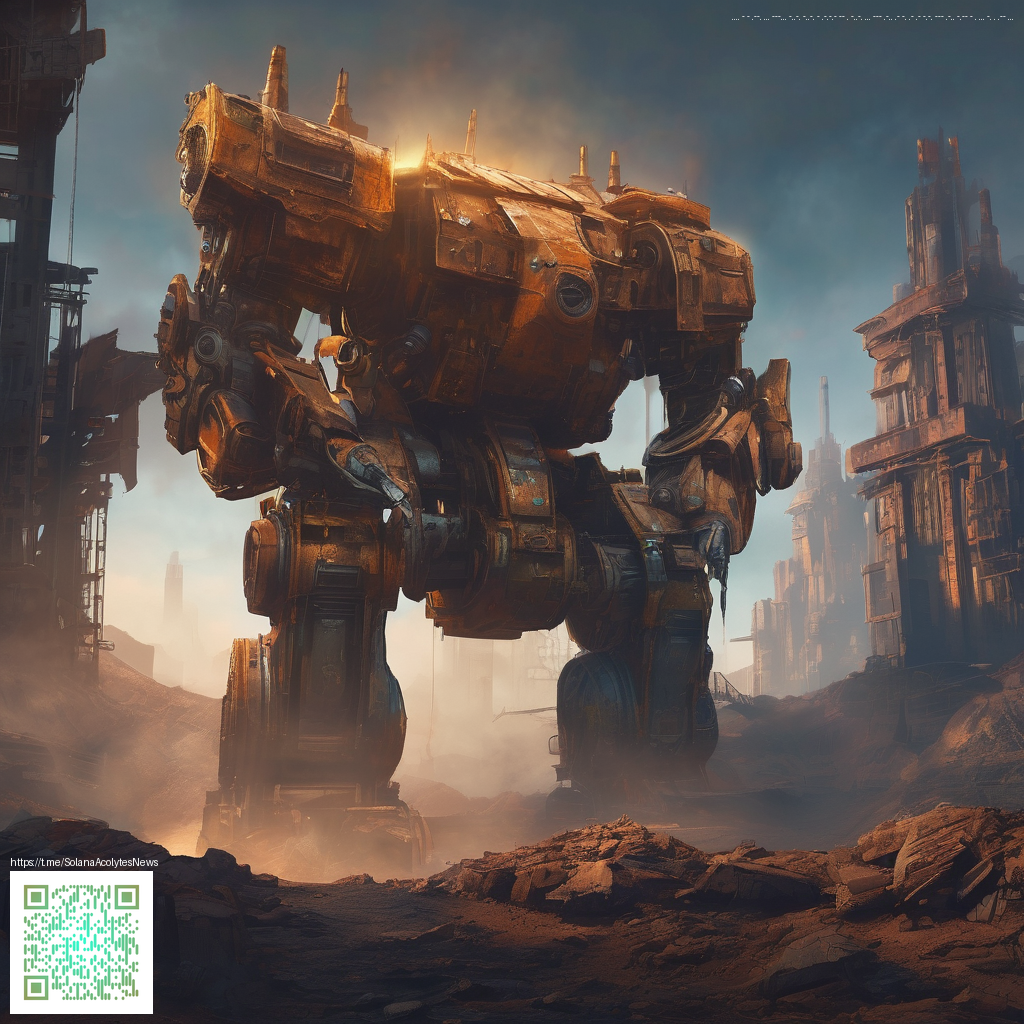
Transparent PNG Digital Papers: A Practical Guide
Transparent PNG digital papers have become a staple tool for designers who want texture and depth without sacrificing the clarity of underlying visuals. Unlike opaque images, these papers reveal parts of the background, allowing you to layer textures, patterns, and photos with ease. This capability is especially powerful when you’re building UI layouts, social media assets, or digital scrapbooks where you want subtle complexity without a heavy, distracting backdrop.
At their core, PNGs with transparency rely on an alpha channel—the fourth channel that determines how opaque each pixel should be. This isn’t just a cosmetic feature; it’s a functional one that makes seamless blending possible across different backgrounds and devices. When you export a PNG with a properly defined alpha channel, you’re giving your design the flexibility to adapt to light modes, dark modes, and even varying color palettes without manual masking every time.
Understanding the alpha channel
The alpha channel encodes transparency in a range from fully transparent to fully opaque. In 8-bit color depth PNGs, each pixel’s alpha value can vary from 0 (completely see-through) to 255 (completely solid). Designers often face questions about straight versus premultiplied alpha; for most web and app workflows, straight alpha is the default, giving predictable compositing when you layer elements on top of photography or gradients. As you prepare transparent papers, consider how edge anti-aliasing and pre-multiplied factors might affect edge softness when placed over busy backgrounds.
When you test assets, zoom in on the edges where the texture meets a colored field. Crisp edges indicate well-handled transparency; ragged or halo-like fringes can signal a need for careful premultiplication or a minor re-masking pass. The goal is smooth integration, so the PNG remains invisible as a stand-alone element while adding depth to the composite.
Practical uses for designers
Transparent PNG papers are ideal for:
- Texture overlays on photography, illustrations, and typography
- Seamless patterns that tile without visible borders
- UI surfaces where subtle grain or noise adds tactile feel
- Brand assets that must sit on varied backgrounds without color clashing
Whether you’re crafting a hero banner, a product gallery, or a social template, these papers let you preserve the integrity of your base image while introducing nuanced texture that reads well at multiple sizes.
Tips to choose and apply PNG papers
- Resolution and canvas size: start with high-resolution papers to avoid pixelation when scaling; smaller assets can look jagged on large screens.
- Color space consistency: align the paper’s color profile (sRGB is common for web) with your project to prevent color shifts when layers are combined.
- Seamless tiling and edge handling: for repeating textures, test in multiple tiles to ensure edges align cleanly without noticeable seams.
- Background compatibility: preview against white, black, and colored backgrounds to confirm the alpha holds up under diverse contexts.
As you build your library, keep a few transparent papers ready for quick swaps. They can dramatically alter mood with minimal changes, which is a powerful advantage when you’re iterating on a design system or client concept.
“The best transparent PNGs disappear into the composition while still delivering just enough texture to elevate the entire piece.”
This mindset helps ensure that your assets are versatile across campaigns, websites, and apps. If you’re exploring how transparent papers can pair with hardware or product photography, a practical example is examining how durable, glossy finishes on real-world devices behave when layered with textures. For a tangible reference, you can explore a product page that showcases rugged hardware and its visual presentation: https://shopify.digital-vault.xyz/products/rugged-phone-case-impact-resistant-dual-layer-tpu-pc-glossy and compare how media assets respond to different backgrounds. You can also review related concepts on the resource page at https://y-vault.zero-static.xyz/89d0d086.html to see how others implement transparency in their workflows.
Incorporating transparent papers into your workflow
Start by cataloging a few PNG papers with varying levels of opacity and texture. Bring them into your design tool and test on multiple canvases—light, dark, and mid-tones. Use blending modes such as multiply, overlay, or soft light to discover how the texture interacts with colors and imagery. Remember to check performance implications on slower devices; excessively large PNGs can impact load times if not optimized.
In practice, these assets shine in modular design setups where you swap textures quickly without reworking the entire layout. When you pair transparent papers with strong typography and clear imagery, you create depth without sacrificing legibility. This approach can be especially effective for marketing materials, app mockups, and e-commerce product visuals.